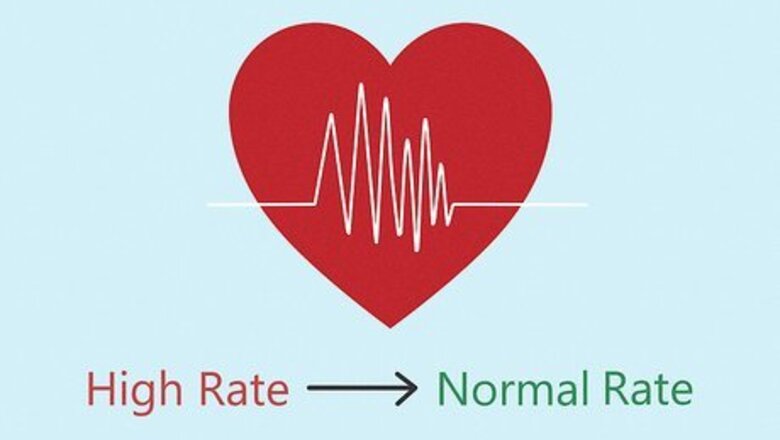
views
X
Trustworthy Source
National Health Service (UK)
Public healthcare system of the UK
Go to source
In this article, we’ll break down what your body will go through when you quit smoking and when you start vaping. We’ll also cover what the science says about vaping to quit tobacco so that you can make the healthiest choice for you.
What Happens When You Quit Smoking
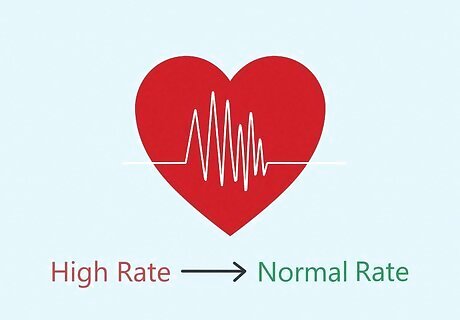
First 20 minutes Your heart rate and blood pressure will drop back down to a steady level as the nicotine finally wears off. You’ll start feeling “normal” again and any nicotine buzz will completely dissipate. As a note, the longer you’ve smoked, the faster the nicotine buzz will go away. Just to clarify, while some of these benefits will also apply when you switch from cigarettes to a vape, you may still experience adverse health effects from vaping. The only way to get all of these benefits is to quit consuming nicotine entirely.
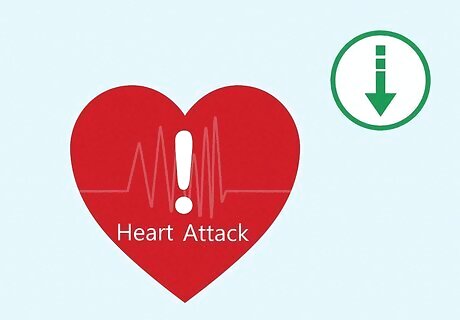
First 2-3 hours Your circulation will improve. Your heart rate will reach its standard equilibrium. If you’ve been a regular smoker, you’ll start to experience withdrawals around this time. At this point, the risk of a heart attack begins to lower dramatically. If you’re actively quitting, remember that the urges only last 10-15 minutes and so long as you can get past the first few, they’ll get easier every time. Vaping will still increase your heart rate and interfere with your circulation.
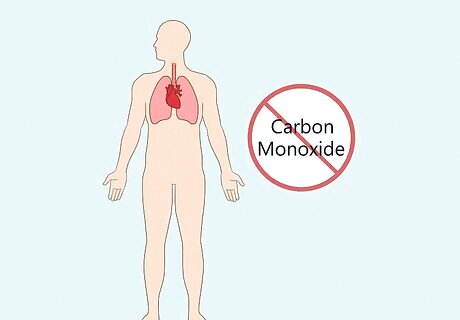
First day Carbon monoxide, the poisonous gas in cigarette smoke that makes people sick, has now entirely left your body. Your heart can begin to repair itself as the lack of poisonous chemicals in your blood can’t interfere. Any inflammation in your lungs will also start to go down. While e-juice doesn’t contain carbon monoxide, there are other chemicals in it that are unhealthy. Good news if you quit entirely! Oxygen will start reaching your heart and muscles more easily. If you’ve been experiencing headaches as a consequence of quitting cigarettes, that’ll start to go away soon.
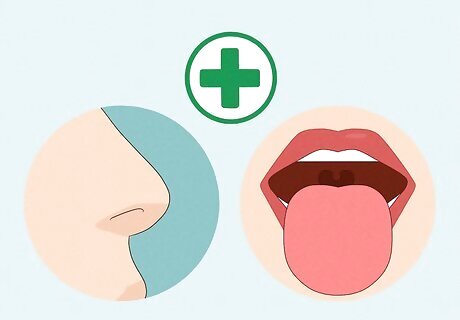
2-3 Days Your sense of taste and smell is coming back. Food is probably tasting more vibrant and flavorful, and you’re picking up on all kinds of aromas you haven’t experienced in a long time. You are likely going to experience the strongest cravings of the quitting process here as the nicotine is 100% gone from your blood. If you can make it through these cravings, you’ll have faced the worst of it. Just keep that in mind as you’re going through these first few days. While vape juices may taste or smell better than traditional tobacco, they may still interfere with your taste buds.
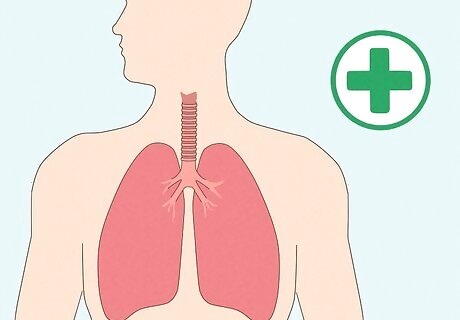
First month Your lung functioning is starting to improve. You may notice your inhales and exhales are more voluminous and stronger than they used to be. Any shortness of breath or coughing you used to experience should start clearing up now. Your lungs are lined with cilia, which are microscopic hairs. All of your cilia are finally moving freely without any tar or fumes interfering with them.
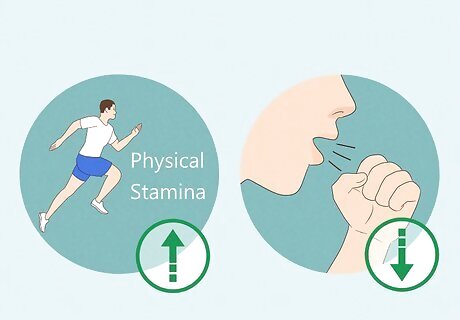
3-9 months Your physical stamina is improving as your lungs heal from the damage caused by smoking. At the 9-month mark, you should be breathing basically identically to a non-smoker. You should be completely done with any coughing, wheezing, or hacking you used to experience as a smoker. While vaping is probably better for your stamina than smoking cigarettes, vaping will also deplete the oxygen in your blood and make it harder to compete if you’re an athlete.
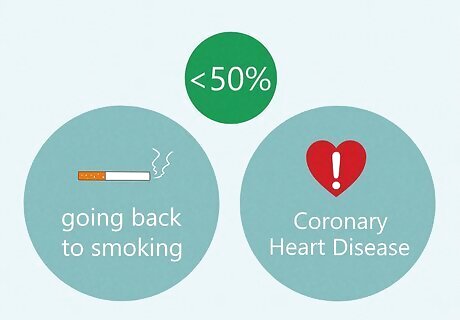
First year Congratulations! This is a huge milestone, and it means you’ve now got a less than 50% chance of ever going back to cigarettes. Your risk of coronary heart disease is also about 50% lower than it would if you’d never stopped smoking. Any signs that you ever smoked should be completely gone. This is around the time that most former smokers feel like they no longer have any cravings or urges at all—even in passing when they’re around other people who smoke.
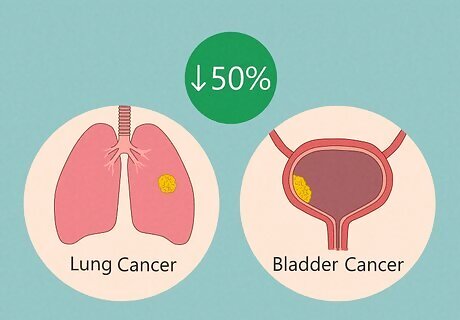
10 years from now Your risk of getting lung cancer, bladder cancer, or cervical cancer are now halved. In 5 more years, your risk of coronary heart disease will be identical to a nonsmoker’s!
Health Effects of Vaping
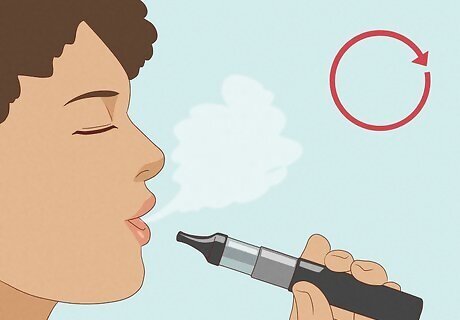
Potential for increased addiction Nicotine is a highly addictive chemical, and many vape users end up more addicted to nicotine than they were back when they smoked cigarettes. This isn’t to say that vaping isn’t better, but if you’re looking to minimize your dependency on foreign chemicals, vaping isn’t a great way to go about it.

Decreased attention and impulse control Some studies show that vaping can interfere with your ability to pay attention. There also appears to be some impact to mood and impulse control among younger people, likely because vaping can interfere with the way your brain’s synapses maintain connections.
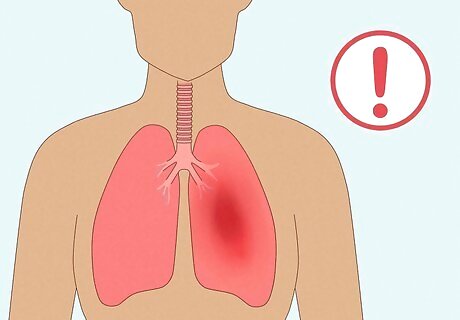
Risk of lung disease and damage Your lungs are not designed to absorb anything other than the natural air. But vapor from an e-cig isn’t just unnatural—it’s bad for you. E-juice contains volatile organic compounds, chemicals that cause lung damage, and all kinds of nasty particles that aren’t supposed to be in your body. Some e-juices even contain heavy metals like nickel, tin, and lead.
Physical Symptoms of Vaping
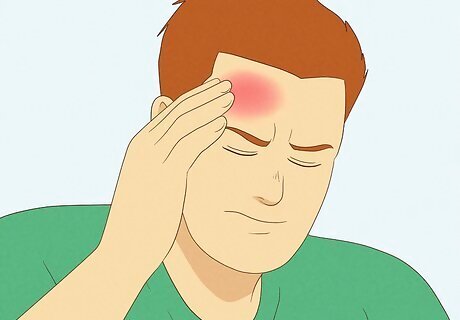
Headaches Since a cigarette eventually burns out and a vape doesn’t, you may have more headaches than you used to. This is from excessive nicotine consumption and the new chemicals you’re introducing to your body with the e-juice. It was probably very easy to regulate your nicotine consumption with cigarettes (i.e. you would smoke 5 cigarettes every day). With the vape, you may get headaches as your nicotine levels swing wildly. Vapes don’t “burn to the filter” the same way cigarettes do. As a result, a lot of vape users seem to overdo it on accident. Once the headaches start going away, it’s a sign your body is getting used to the nicotine in the vape. Other signs you’re using the e-cig too much include shortness of breath, confusion, cramps, weakness, heart palpitations, and drooling.
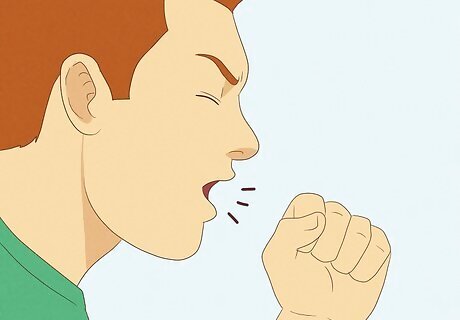
Coughing Even if you rarely coughed when you were smoking cigarettes, you may start coughing a lot once you start vaping. E-cig vapor tends to be airier and more robust than cigarette smoke, so you’ll likely cough a lot as you adjust to the texture of the e-cig smoke. Even if the vape smoke doesn’t make you cough on its own, there are tons of chemicals in vape juice that are known to irritate the throat and trigger coughing.
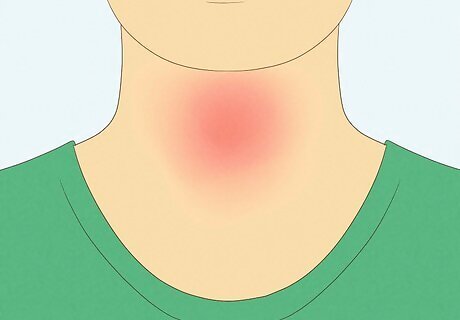
Throat irritation You might actually develop a sore throat when you quit smoking as the nicotine withdrawal causes the blood vessels in your throat to tighten. That sore throat is likely to get worse when you start vaping as you re-irritate all of the tissue and fibers inside of your neck. This throat irritation will go away after a few weeks, but you’re likely to have throat irritation periodically whenever you vape frequently.
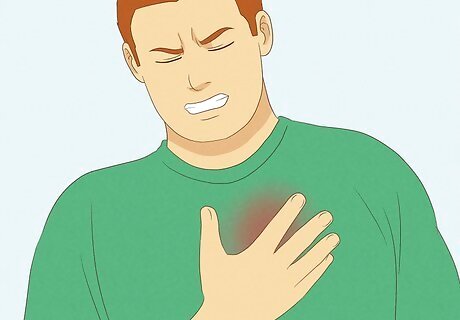
Chest pain Many vape juices contain diacetyl, which is a food additive. This is known to damage passageways in the lungs and cause chest pain. A lot of vape juices also contain acrolein, which is a weed killer. That chemical is known to damage the lungs and cause chest pain.

Oxygen dizziness Nicotine increases blood pressure and constricts your blood vessels. This makes it harder for oxygen to get into your bloodstream, which can cause nausea and dizziness. This can be especially noticeable when you switch to vaping since you’ll get so much more vapor from an e-cig than you’d get smoke from a cigarette.
Is vaping better for you than smoking?
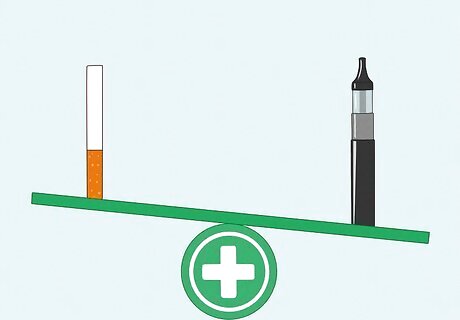
We still need more research, but yes, vaping is probably better. There are a lot of studies on this subject, and it does appear that vaping is better for your health than smoking cigarettes. This doesn’t mean vaping is 100% safe, though. It’s not good to put anything foreign in your lungs, and there are over 7,000 chemicals in e-cigarette juice. It’s clear that vaping is bad for your heart and lungs, but it’s probably not as bad as smoking cigarettes. Unfortunately, the nicotine that you vape is just as addictive as nicotine from cigarettes. While nicotine isn’t nearly as bad for your body as tobacco, it can change the way synapses are formed in your brain. This is especially bad if you’re an adolescent who is still developing and growing.
Is it a good idea to use vapes to quit smoking?
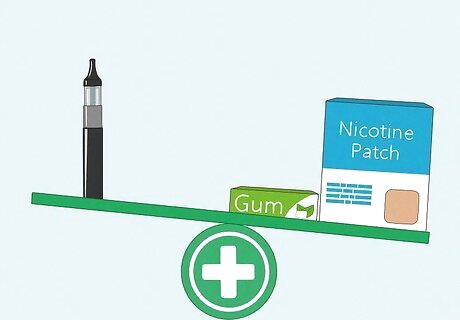
It’s not the worst option, but there are better ideas out there. People who quit smoking cold turkey only have a 4-5% success rate. People who vape to quit, on the other hand, increase their odds of success about 8 times over. While you’re probably going to have more success using a patch or chewing gum to ween yourself off of nicotine, using an e-cigarette isn’t the world’s worst option. See your doctor before trying to quit. There are a lot of medications on the market that have promising results when it comes to quitting smoking, and studies show that discussing your plans to quit will increase the odds you’re successful. If you’re going to use a vape to quit smoking, avoid flavored vape juices (like mango or mint). Those tend to be worse for your health than traditional tobacco flavors.
Quitting Vaping
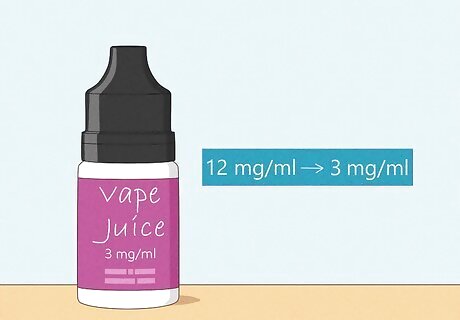
Reduce your nicotine dosage over time. Most cigarettes contain 10-12 mg of nicotine. Vape juice can come in a variety of mg dosages—usually 12-3 mg. If you’re using a higher mg e-juice, start tapering your way down to the 3 mg levels. This way, you can slowly ween yourself off of the nicotine entirely. When you’re ready, you can even use e-juice with 0 mg of nicotine. This will give you the satisfaction of the vapor without the ill effects of the nicotine.
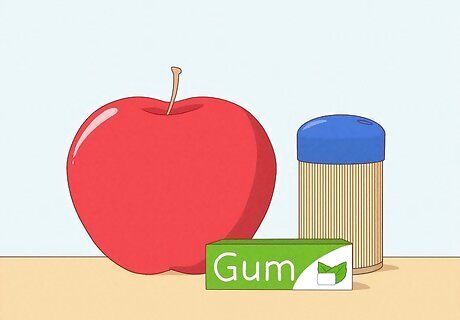
Replace your cravings with gum, toothpicks, or healthy snacks. One of the hardest parts of quitting vaping is the physical act of the whole thing. You’re used to lifting the vape pen to your mouth, taking a drag, and then exhaling the vapor. Whenever you feel the urge to vape, try chewing a piece of gum or gnawing on a toothpick instead. You can also eat an apple or snack on some peanuts to keep your mind and mouth busy. Cinnamon sticks are another fun and flavorful option if you want something that will last roughly as long as a cigarette would.
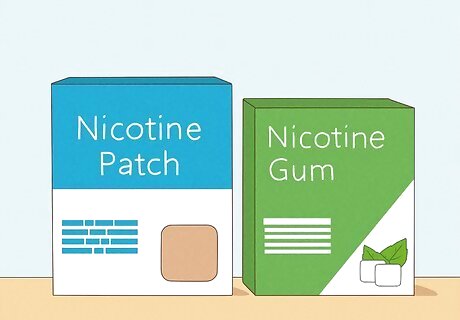
Try nicotine replacement therapy for a proven option. Talk to your doctor or pharmacist about trying out nicotine gum or getting on a nicotine patch. There are also nicotine-coated lozenges and smokeless inhalers that contain nicotine if you want to try something else. Talk to your healthcare provider to explore the options that might be best for you. If you want direction and you don’t have a PCP, call 1-800-QUIT-NOW to talk to a smoking cessation specialist.



















Comments
0 comment